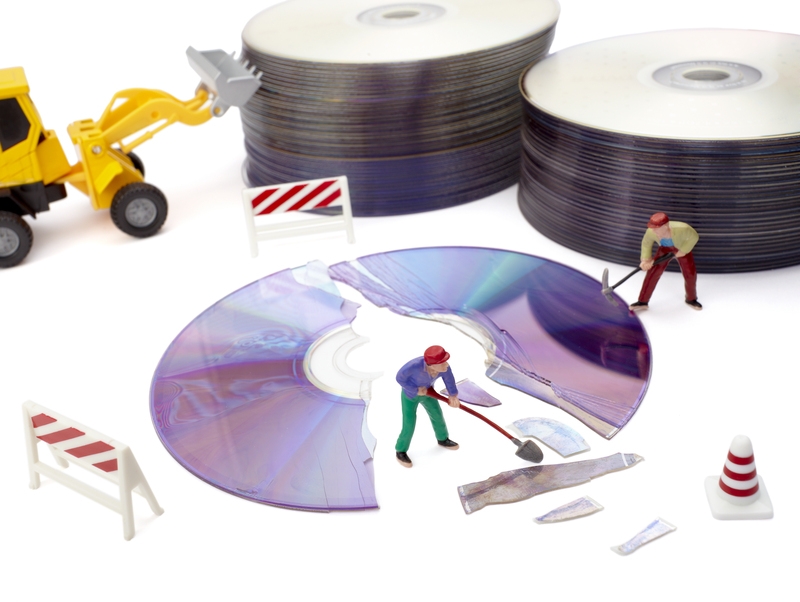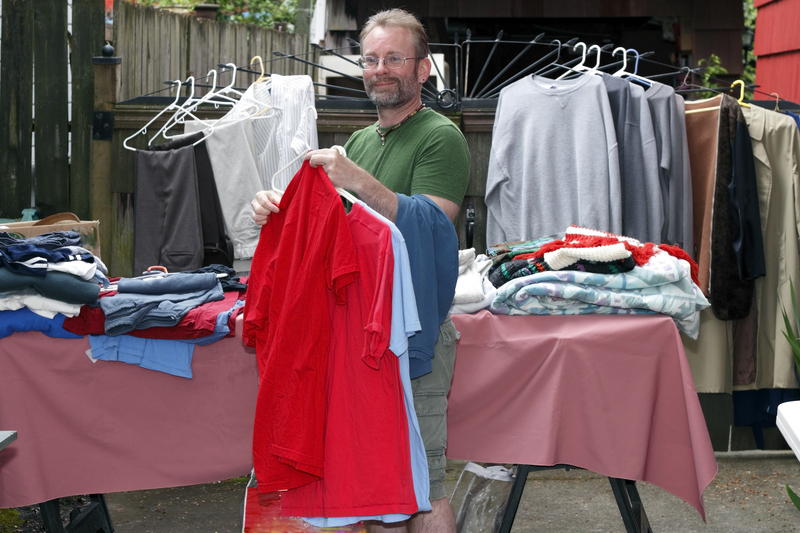Advanced Methods in Packaging and Cardboard Disposal
Packaging plays an essential role in the transportation, preservation, and presentation of products worldwide. As consumerism grows and supply chains globalize, packaging waste--particularly cardboard--has surged to unprecedented levels. As such, developing advanced methods in packaging and cardboard disposal is paramount in today's eco-conscious society.

Why Focus on Packaging and Cardboard Disposal?
Cardboard is a highly versatile material found in almost every corner of modern commerce. Everything from electronics to groceries relies on cardboard packaging. Unfortunately, improper disposal and non-advanced recycling processes contribute to environmental pollution, resource wastage, and logistical inefficiencies. This article shines a light on modern innovations in cardboard recycling, sustainable packaging solutions, and cutting-edge disposal technologies that can reduce environmental impact and foster a sustainable future.
Evolution of Cardboard in Modern Packaging
The Importance of Cardboard in Packaging
Cardboard packaging occupies a unique place in the global supply chain, offering cushioning, protection, and branding for countless items. Its popularity is owed to its lightweight nature, strength, and recyclability. However, increased demand has amplified concerns about cardboard waste management and prompted the pursuit of eco-friendly alternatives.
- Corrugated cardboard: Common for shipping boxes due to its durability and shock absorption.
- Paperboard: Lightweight and bendable, ideal for cereal boxes and cosmetic packaging.
- Honeycomb cardboard: Engineered for heavy-duty support and insulation.
Limitations of Traditional Packaging Methods
- Single-use packaging solutions create large volumes of waste.
- Inadequate recycling infrastructure leads to increased landfill load.
- Lack of advanced biodegradable materials amplifies environmental hazards.
Modern Innovations in Packaging Solutions
Smart Packaging Technologies
Innovative companies are leveraging Internet of Things (IoT) solutions, QR codes, and RFID tracking within packaging to enhance traceability and inventory management. These smart packaging methods can:
- Improve logistics efficiency through real-time tracking.
- Reduce overstock and minimize unnecessary packaging usage.
- Provide detailed information to consumers for recycling and disposal.
Recyclable and Biodegradable Materials
Advanced methods in packaging now focus on introducing biodegradable and fully recyclable cardboard alternatives, such as:
- Plant-based coatings - replacing plastic liners with bio-based barriers to maintain moisture and preserve perishables.
- Fungi and mycelium-based boards - offering compostable, low-carbon alternatives suitable for protective packaging.
- Soy ink printing - environmentally safe, facilitating easier separation during recycling processes.
Design Innovations in Packaging
Revolutionary packaging design seeks to reduce material use and maximize reusability with features such as:
- Minimalist and modular designs which limit excess material and facilitate multi-purpose packaging use.
- Foldable and collapsible boxes for storage efficiency and transportation cost reduction.
- Custom-sized packaging enabled by AI and machine learning for precision fit, reducing unnecessary filler and void space.
Advanced Techniques in Cardboard Recycling
Breaking Down the Cardboard Recycling Process
Cardboard disposal is more than just placing boxes in recycling bins. Modern cardboard recycling methods employ processes that maximize resource recovery and minimize contamination:
- Collection and Sorting: Waste cardboard is separated based on quality--corrugated and paperboard varieties--to streamline processing.
- Shredding and Pulping: Collected cardboard is shredded and mixed with water to produce a pulp, preparing it for energy-efficient repurposing.
- Contaminant Removal: Advanced filtering and de-inking processes remove adhesives, inks, and other non-biodegradable materials.
- Reconstruction: The clean pulp is pressed, dried, and rolled into new sheets, ready to be remanufactured into packaging again.
Automated Sorting and AI Integration
State-of-the-art recycling facilities have begun deploying AI-driven robotics and sorting systems:
- Vision-based sorting machines identify and separate contaminated or non-recyclable items with higher accuracy.
- Robotic arms and conveyors efficiently extract valuables, reducing human error and increasing throughput.
- Advanced data analytics optimize recycling streams and ensure consistent output quality.
Sustainable Cardboard Disposal Solutions
Onsite Cardboard Compaction
Businesses and communities use onsite balers and compactors to efficiently manage cardboard waste volumes. Benefits include:
- Significant reduction in transport costs and emissions by consolidating waste.
- Improved hygiene and space management in packaging facilities.
- Potential resale of baled cardboard to recycling plants as a source of revenue.
Closed-Loop Recycling Systems
Leading retailers and manufacturers are pioneering closed-loop cardboard recycling systems. This system allows:
- Wasted packaging to be collected, recycled, and converted into new boxes for the same company, ensuring responsible lifecycle management.
- Brand reputation enhancement through commitment to environmental stewardship.
- Consumer education by labeling packaging with disposal instructions and highlighting recycling achievements.
Community and Industrial-Scale Composting
Composting offers a natural recycling route for certain types of uncoated cardboard. Advanced composting facilities:
- Utilize controlled microbial processes to break down shredded cardboard into fertile compost.
- Enable local agriculture and landscaping industries to benefit from nutrient-rich soil amendments.
- Support zero-waste goals by diverting packaging from landfills.
Emerging Technologies for Future Packaging and Disposal
Enzyme-Based Cardboard Decomposition
Research into enzyme technology is paving the way for new disposal techniques where specially designed enzymes break down paper fibers much more quickly. These bio-catalysts:
- Accelerate natural decomposition processes without harmful by-products.
- Hold potential for local and decentralized waste management in resource-limited settings.
Nanotechnology and Barrier Advancements
Innovators have developed nanotechnology-based coatings that are biodegradable and provide superior barrier protection compared to traditional waxing or plastic films. Advantages include:
- Sustaining food shelf life without compromising recyclability.
- Reducing dependency on petroleum-based coatings.
- Facilitating contamination-free recycling streams.
Digital Watermarks for Smart Sorting
Digital watermarking is another breakthrough enabling sophisticated separation in recycling plants. Invisible codes embedded in packaging signal precise sorting instructions to AI-enabled systems, raising recycling accuracy and purity levels.
Best Practices for Eco-Friendly Packaging and Disposal
- Source responsibly: Choose suppliers using recycled content and certified sustainable forestry practices.
- Prioritize reuse: Design packaging for deep reuse within supply chains or as storage solutions for consumers.
- Promote consumer engagement: Provide clear recycling and composting instructions, and advocate for responsible disposal through campaigns.
- Invest in compostable and advanced recyclable solutions: Replace plastics and coatings with approved bio-compatible materials.
- Measure and track packaging impacts: Use life cycle assessment (LCA) tools to evaluate and continually improve environmental outcomes.

Benefits of Advanced Packaging and Cardboard Disposal Methods
Utilizing greener packaging and cutting-edge cardboard waste management innovations leads to several measurable advantages:
- Reduced Environmental Impact: Less landfill use, reduced emissions, and conservation of raw materials.
- Cost Savings: Shipping efficiency and material recovery help cut long-term operational costs.
- Improved Compliance: Meeting government and international sustainability standards.
- Enhanced Brand Image: Sustainability-focused consumers increasingly support environmentally responsible companies.
- Innovation Advantage: Future-proofing operations by staying ahead of regulatory and market trends.
Conclusion: The Future of Packaging and Cardboard Disposal
As packaging volumes continue to rise globally, adopting advanced disposal and recycling methods is no longer optional--it's a necessity. Businesses, policymakers, and consumers alike must embrace modern, eco-friendly packaging innovations and advanced cardboard recycling technologies to safeguard the environment and promote a circular economy.
Advanced methods in packaging and cardboard disposal will continue to evolve as technology progresses. By implementing best practices and supporting the transition to smarter, more sustainable solutions, all stakeholders can play a pivotal role in shaping a greener and more efficient future.
FAQs
- What is the most sustainable way to dispose of cardboard?
Recycling and composting, when possible, are the most eco-friendly options. Opt for recycling if the cardboard is clean and dry; compost if uncoated and free of contaminants. - Are alternative packaging materials truly better than cardboard?
It depends; plant-based and compostable materials are promising, but life cycle assessment is necessary to compare their impacts versus recycled cardboard. - How can businesses reduce their packaging waste?
By redesigning packaging for reuse, minimizing excess materials, and investing in closed-loop recycling, businesses can significantly trim down their environmental footprint. - What role does technology play in cardboard disposal?
Technology streamlines sorting, enhances contamination removal, and enables smart lifecycle management--maximizing recovery and industry efficiency.
By staying informed and choosing advanced methods in packaging and cardboard disposal, we can create a cleaner, more sustainable world--one box at a time.